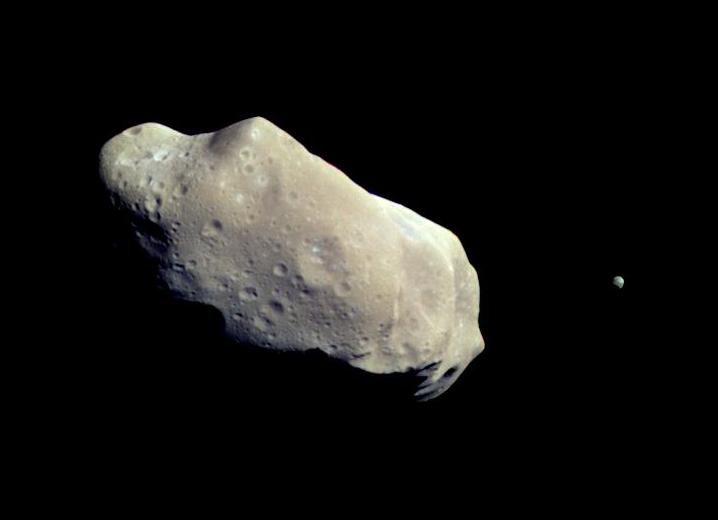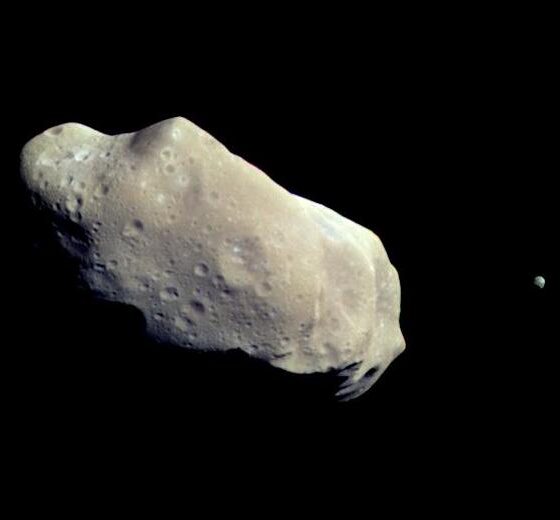

Economy
Study looks at opportunities in commercial-scale asteroid mining
As a number of companies start looking to extract precious ores from asteroids, a new study has suggested that only a small number of space rocks are actually suitable for large-scale mining.
Start-ups like Planetary Resources and Space Industries came up with the idea of using spacecrafts to extract minerals from asteroids, which they say has the potential to be a huge business.
Iron-nickel asteroids – also known as M-types – are likely to be rich in ores such as platinum, iridium and palladium.
However, a new study by Dr Martin Elvis from the Harvard-Smithsonian Center for Astrophysics suggests that only 1% of asteroids near the Earth would be suitable for commercial-scale mining.
The study says that only space rocks larger than 100 metres in diameter are worth exploiting to compensate the cost of space operations. The value of ores estimated in the research range from $800m to $8.8 billion.
However, Elvis said that more studies are needed, as there are a number of uncertainties in value.
“Such a large range of values could greatly change the profitability of a venture, making more accurate assays necessary”, he said.
Eric Anderson, co-founder of Planetary Resources, said there were errors in the study and that the M-type was not the only kind of rock they are interested in.
“We’ve been studying this with some of the brightest people in the world for the last three years. We are intimately familiar with the risks and other factors”, he said.
Elvis told the BBC, “I want to stress that my paper does not mean that there is no commercial future for asteroid mining. It does mean that gold mines are rare, which shouldn’t be too surprising. Not every mountain on Earth hides a fortune, and not every flying mountain in space will either.”
Further reading:
Sustainability isn’t about being fluffy; it’s about being strategic
Climate plan B: hack the planet, says Lord Rees
Space junk: the abuse of the abyss
































